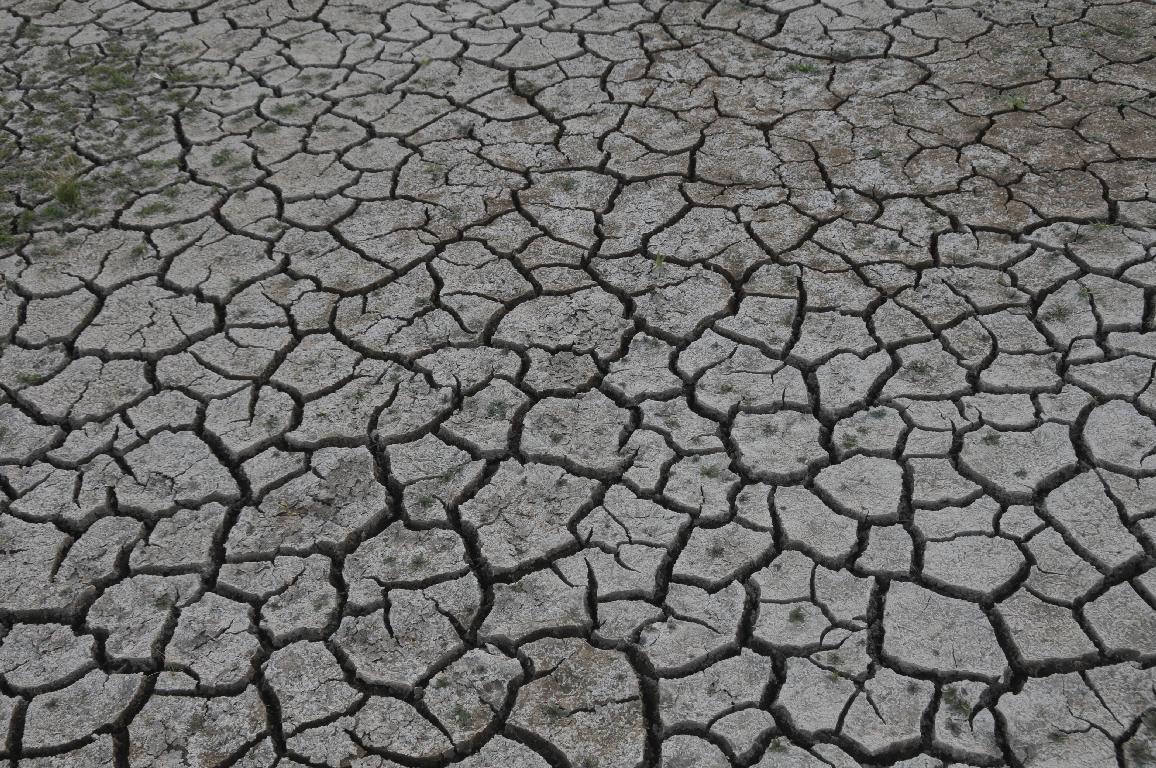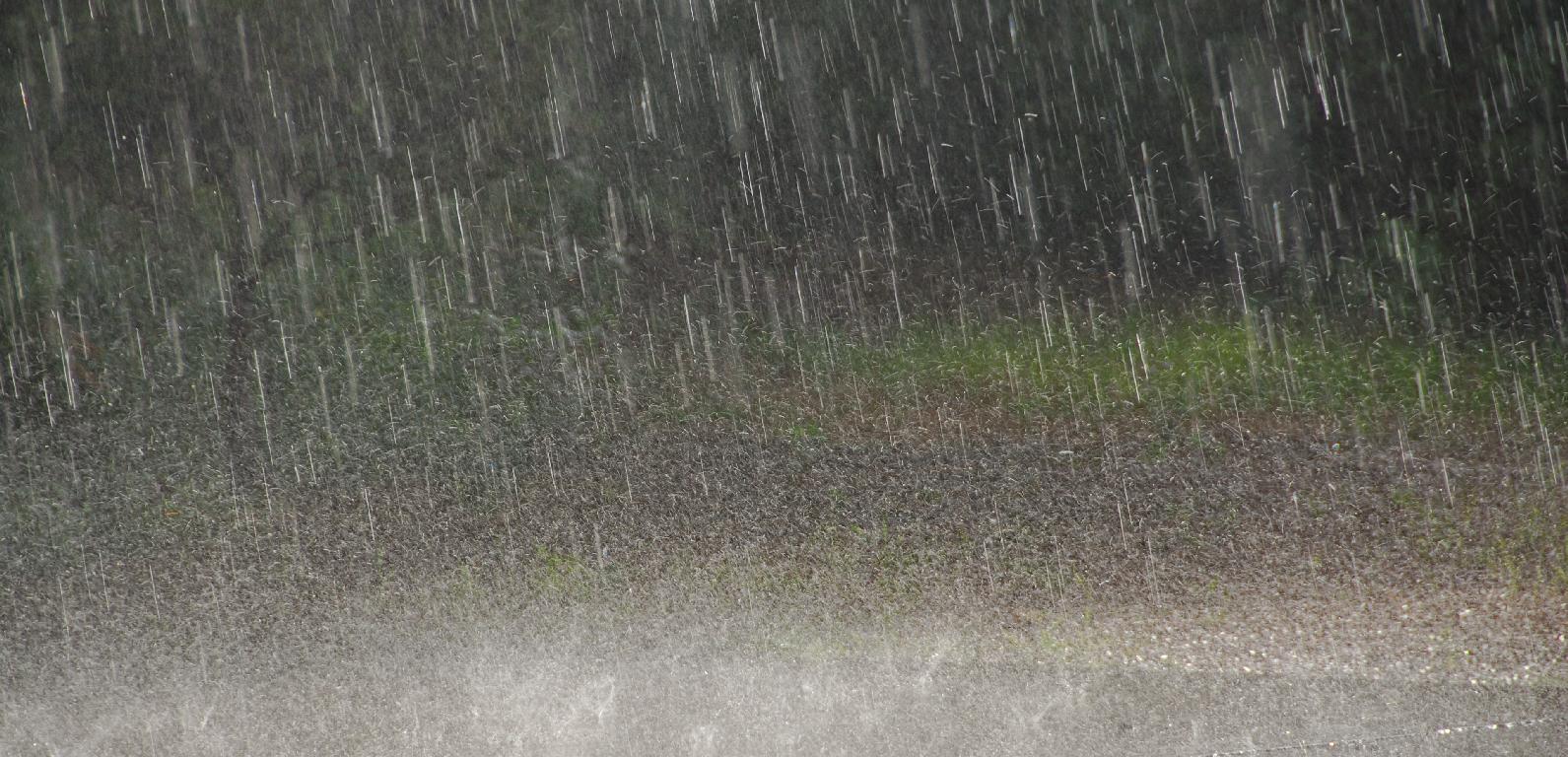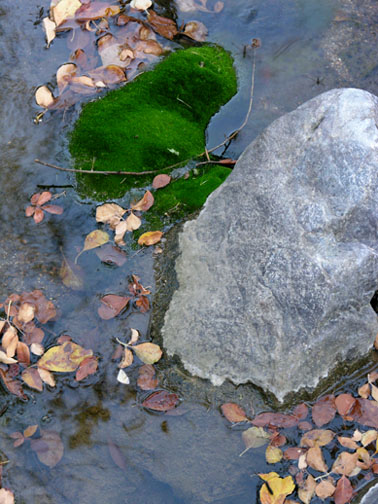A weather forecast of “fair” or “dry and sunny” can get away with a lot. Rain or snow quickly call attention to themselves, but “another sunny day” can hide the cumulative stresses of drought to those of us whose technology provides us with the water and other resources we need. The recent fires remind us how stressed the plants are—ready to burst into flame when provoked.
No one can deny the magic of water. After months of prolonged drought, the plants are so dry that you hesitate to touch them for fear they will disintegrate in your hand. Rub your hand over a patch of moss, and it flakes off like dust. Lizards look parched, desiccated, skeletal. Frogs are nothing but a vague memory. Leaves have dropped from some of the oaks, a necessary sacrifice if they are to make it through the period of stress.
When drought persists for months, you stop expecting rain. Your skin cracks, your nostrils crust with blood, and there is a constant taste of salt on your lips. The sun moves across the sky each day, and the shadows echo its passing. Your own shadow appears less substantial, as if life everywhere has backed off, been reduced to its minimum. Your cracked lips can barely smile at dry humor.
And then, finally, there is a change. The animals notice it before you do, and bird song begins to revive. The robin perhaps senses it best, giving a tentative song, then singing with compelling tones that get your own hopes up. Humidity bears promise of real moisture.
Soon the rain begins, its first drops evaporating from the parched ground, but then pattering with greater urgency. You can smell the heady scent of dust and rain.
Then it becomes a question of what will soak in and what will run off across leaves and ground. Trickles swell and converge to become creeks that coalesce and go wild as torrents, plunging over cliffs and gouging chunks out of the waiting banks. Frothy water piles up behind the culverts that cannot handle the volume of flow, so water rises and flows over the roads, carrying branches and cowpies and other buoyant debris. Hillsides absorb so much water in their heavy soils that some of them slip en masse downward, adding another set of flabby ripples to a sagging waistline.
Within minutes, the dehydrated landscape responds. Mosses and spikemosses (“resurrection plants”) swell and turn green, their photosynthetic factories already at peak production. Frogs appear as if by magic; their gonads are revving up for the inevitable orgies that will fill the pools once the floods subside to a manageable flow. Oaks channel the runoff from their branches such that stem flow down the trunks recharges the soil around their roots. Some water gets into tree cavities where mosquitoes will soon lay their eggs. The entire landscape seems alive, as if the whole place has become a wetland.
Then there is a time of equilibration, when neither drought nor flood dominates. The madness of universal runoff yields to the patterns of legitimate creeks, where sediments drop out, flow clarifies, and gravity accepts their discharge. Now and again, they are recharged by additional rains.
Gravel pits and stock ponds fill, then settle out, and aquatic plants and animals develop complex communities where, a fortnight ago, nothing but a few persistent spiders and grasshoppers held court.
When the rains finally cease and dry winds suck the land dry, the creeks shrivel, leaving algae coating the rocks until they too become mere crusts. The ponds take a little longer to dry out, unless they receive supplementary flow pulled from beneath the ground by a pump. The aquatic critters don’t care; water is water, and they thrive or disappear according to its gifts. Wetlands are like that in the arid West: feast and famine. You can’t take them for granted, for they are here one day, gone the next. But when they are here, all that is living responds.
This essay is modified for generality from my book, Inland Island: The Sutter Buttes. It is an example of a naturalist’s viewpoint, for naturalists are storytellers compelled to share what they witness. If you enjoy this brief story and would like to learn more, I invite you to take advantage of the special I am offering on the book. Please go here: http://www.geolobo.com/?page_id=21




Thanks for your weather viewpoint. It was exciting to read. I was expecting you tell about a flood. Your story made it easy for me to understand and the pictures were great. Even without the pictures I could imagine what it was like for drought and rain. (The picture you had of the revived moss, I thought it was a frog at first.) I know that rain is good for the plants and I don’t complain about the WA rain we are currently having. I just hope for a few nice sunny days.
Yes, that moss does look like a frog! Double makes the point.